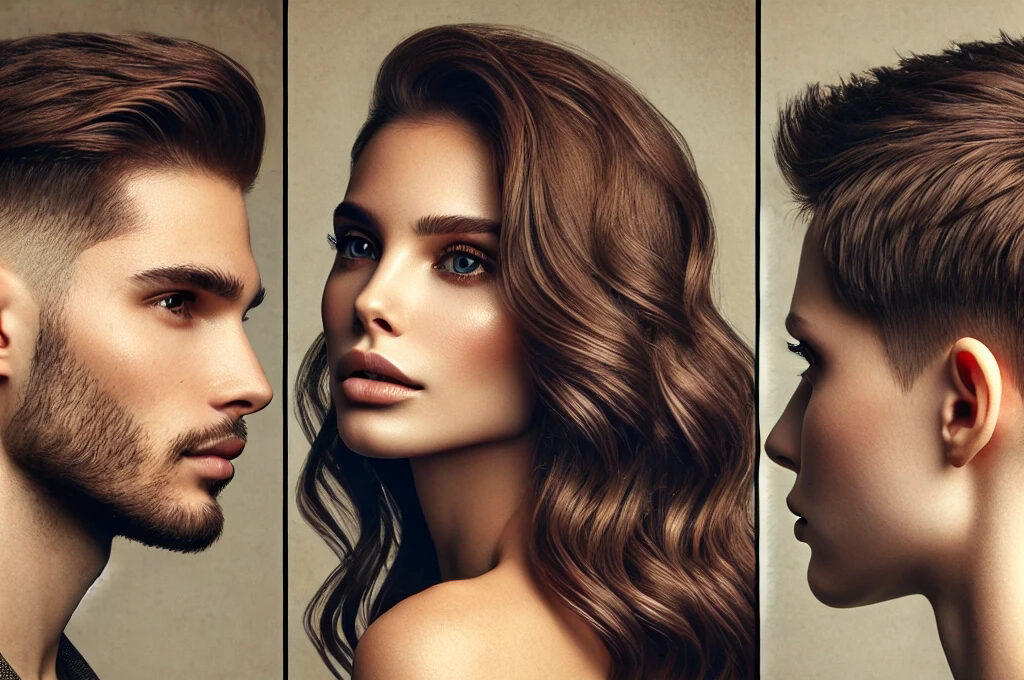Haircuts are a big part of how people take care of themselves and have been for a long time. They show who we are, our culture, and how we feel about ourselves. From ancient times to today’s styles, the story of haircuts is really interesting.
A Short History of Haircuts
Ancient Times
Egyptians (3000 BC –3000BC):
China & Japan: Long, well-kept hair showed high status, especially for samurais who wore a special topknot called “chonmage.”
Medieval to Renaissance Times
(500-1600AD)
In medieval Europe, both men and women often wore long hair. Nobles had fancy braids or wigs.
During the Renaissance, men started to wear shorter, more structured haircuts influenced by the army.
1700s-1800s: Wigs and Powder
Rich people in Europe wore powdered wigs to show off their wealth.
By the late 1800s, people began to favor natural hair again, and barbershops became popular social places.
20thCentury:
1960s-70s: The hippie movement loved long, natural hair, and afros became a sign of pride in Black culture.
1980s: Big hair and mullets were all the rage.
1990s: Simple styles like the “Rachel” cut (from Friends) became famous.
2000s-Present: There’s a mix of styles now, from buzz cuts to bobs that are longer and uneven.
Current Haircut Trends
Men’s Haircuts
Fade & Undercut: This style gradually goes from short to long hair and is popular in barbershops.
Pompadour & Quiff: These are classic looks with a modern touch, adding height on top.
Buzz Cut & Crew Cut: Easy-to-care-for styles inspired by the military.
Long Textured Hair: Wavy, layered hair is making a comeback.
Women’s Haircuts
Bob & Lob: These are short to medium styles that are very versatile.
Pixie Cut: A bold look that’s easy to maintain.
Layered & Textured Cuts: These styles give hair more movement and volume.
Shag Cut & Wolf Cut: Retro cuts that are trendy now.
Unisex & Trending Styles
Curtain Bangs: Soft bangs that frame the face.
Mullet & Shaggy Cuts: Styles from the 80s are back with a modern twist.
Buzzed & Shaved Looks: A daring style that anyone can wear.
Cultural and Social Impact on Haircuts
Hollywood & Celebrities: Stars like Audrey Hepburn, David Beckham, and Rihanna have influenced haircut trends.
Music & Subcultures: Styles from punk, hip-hop, and grunge have shaped how people see hair.
Social Media & Tik Tok: Haircut trends now spread quickly with viral challenges (like the wolf cut).
Looking Ahead to Haircut Trends
Sustainability: More people are choosing natural, low-maintenance haircuts to cut down on products.
Tech & AI Influence: Virtual consultations and computer-generated styles are becoming more common.
Customization: People mix and match different styles and eras for unique looks.
Conclusion
Haircuts have changed with society,showing who we are and where we come from. Whether you like a classic style or something bold and new, your haircut is a way to express yourself.
